Maya Blue
Maya blue is a remarkable pigment invented during the early classic period of the Mayan civilisation (c. 250 -900 C.E.). It is a combination of indigo, extracted from plants, and palygorkite clay, making it an unusual hybrid organic/inorganic pigment. It is a striking turquoise colour that is unusually stable. Overlooked by the Spanish, the technology was eventually lost during the colonial period, only to be retrieved during the late twentieth century.
In order to make Maya blue one must first extract the indigo from an indigo-bearing plant, by fermenting the leaves and then aerating the liquid. Maya blue was originally made with the leaves of the tropical indigo native to Central America (xiuquílitl is the Nahuatl name given in the Florentine Codex). I have researched making Maya blue with woad and Japanese indigo which can both be cultivated in Europe. Samples of Mayan blue made from woad were analysed by Professor Antonio Doménech Carbó at the University of Valencia, Spain.
In order to make Maya blue one must first extract the indigo from an indigo-bearing plant, by fermenting the leaves and then aerating the liquid. Maya blue was originally made with the leaves of the tropical indigo native to Central America (xiuquílitl is the Nahuatl name given in the Florentine Codex). I have researched making Maya blue with woad and Japanese indigo which can both be cultivated in Europe. Samples of Mayan blue made from woad were analysed by Professor Antonio Doménech Carbó at the University of Valencia, Spain.

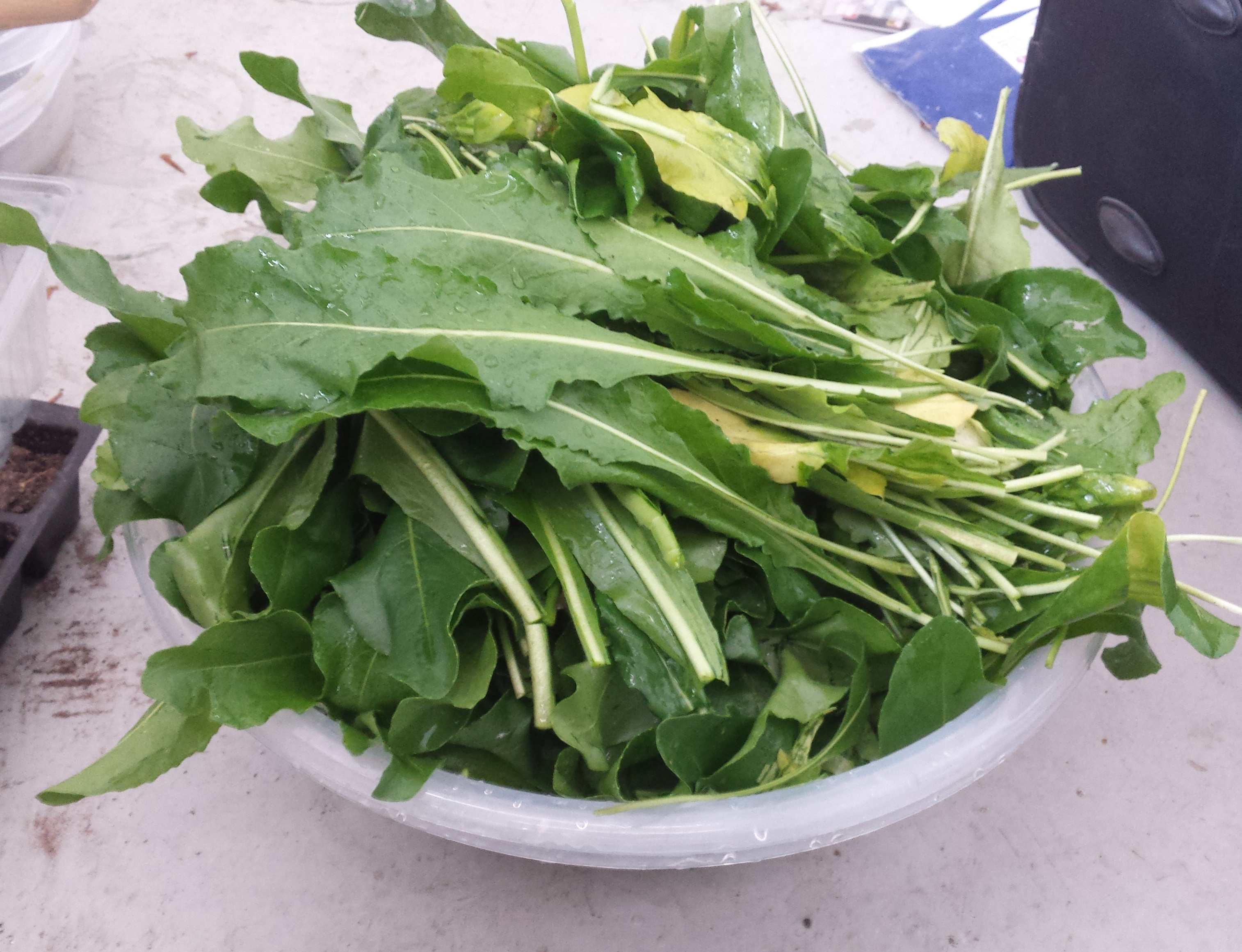
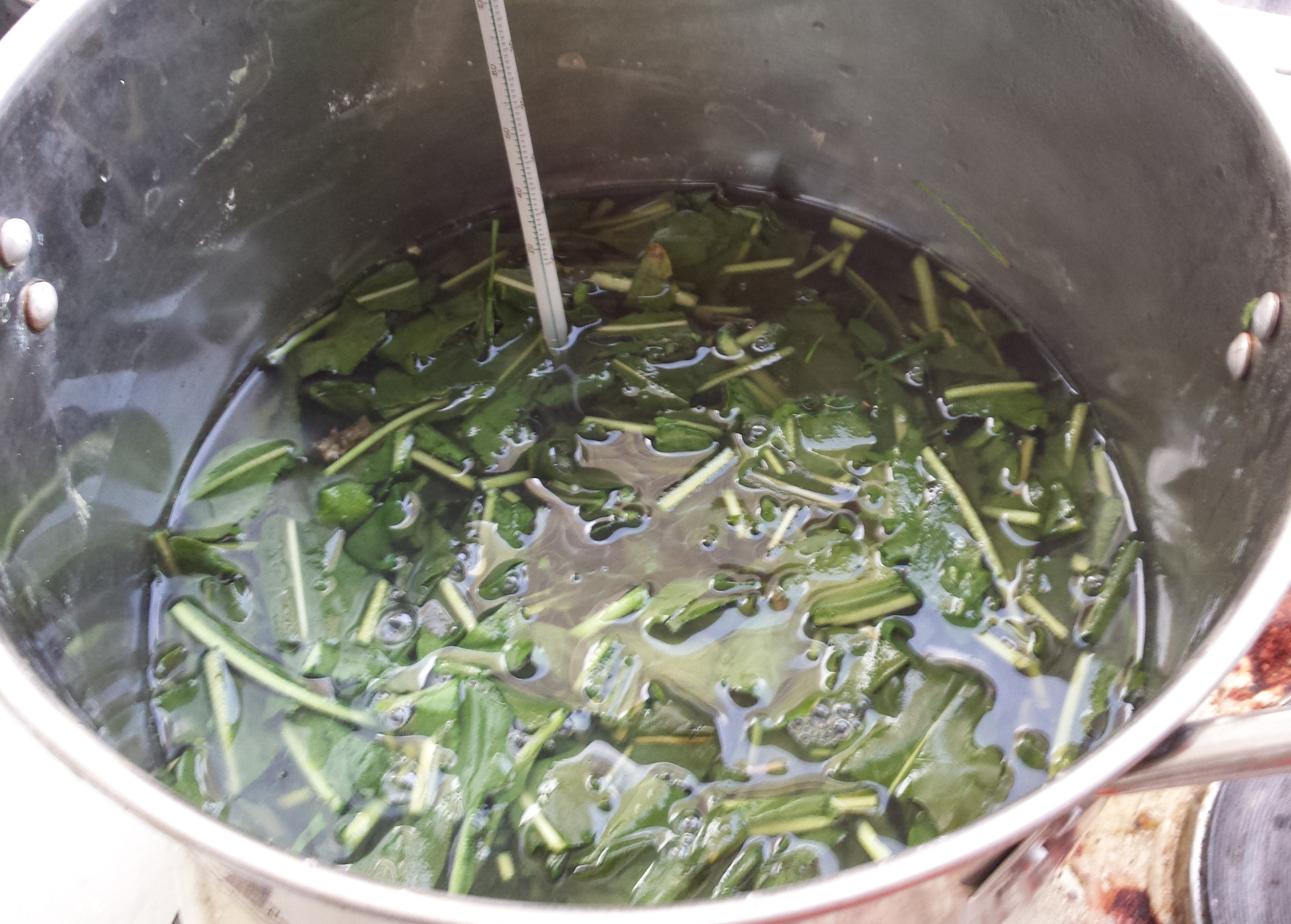

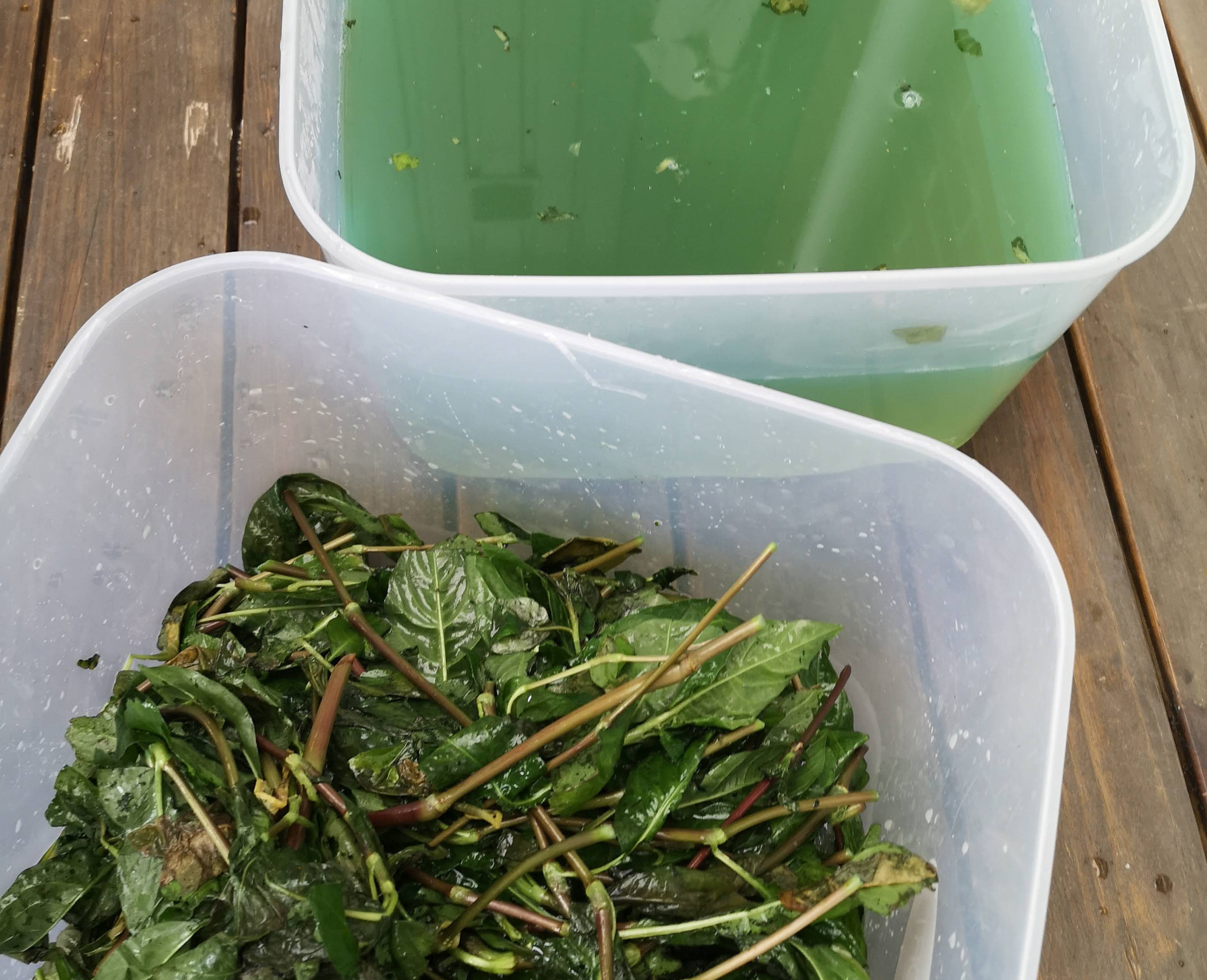


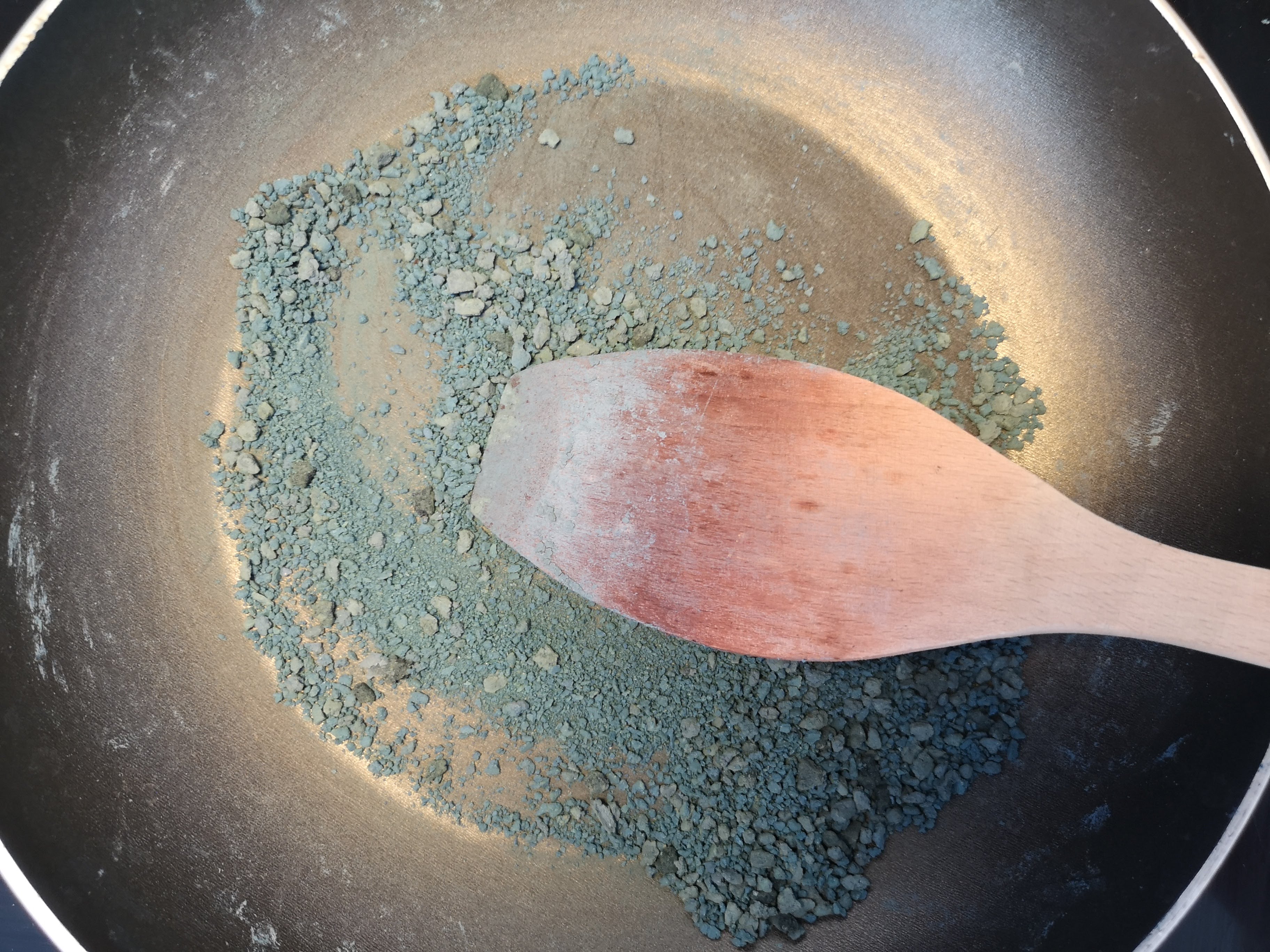


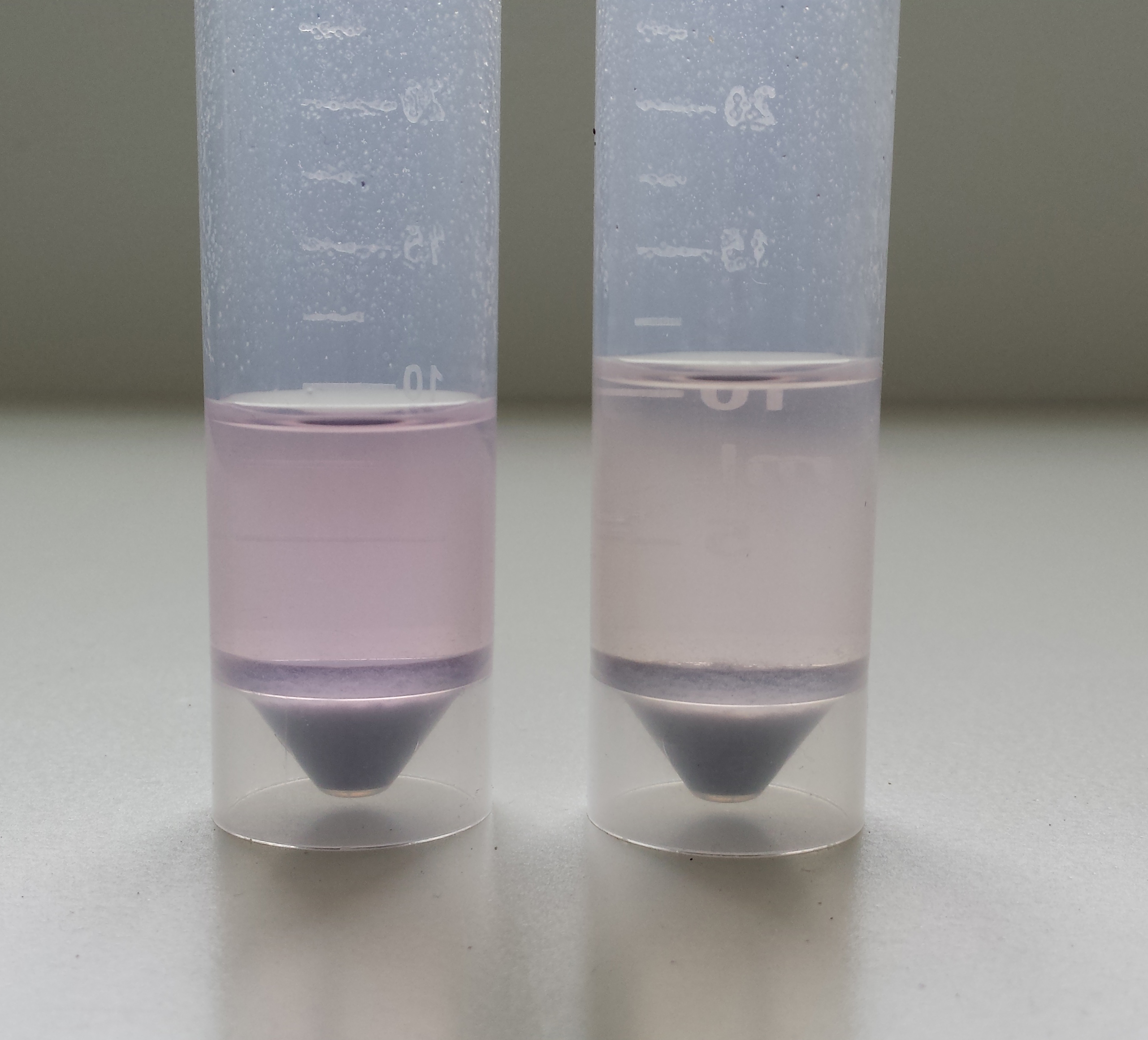


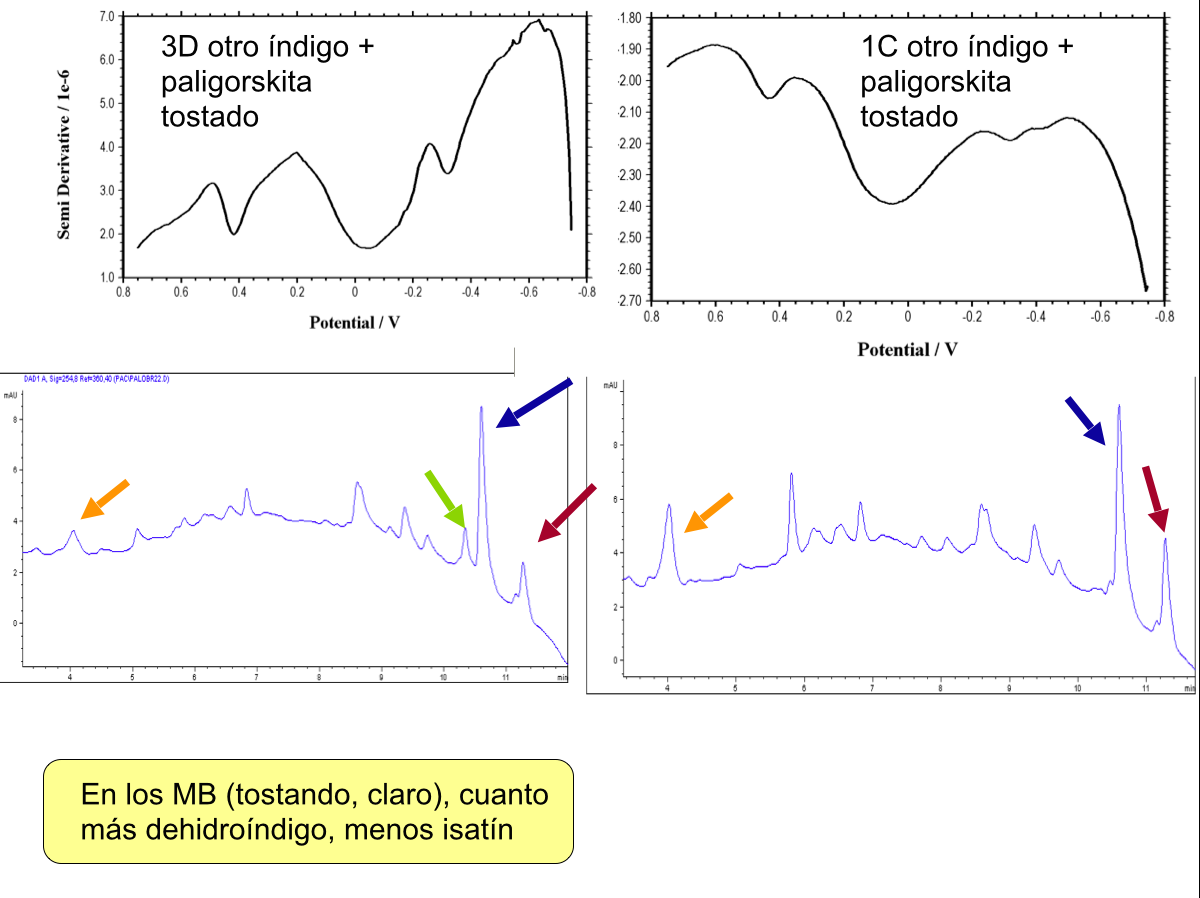





I have also experimented with using the Maya blue technology with other dyes, such as cochineal and gromwell root. As with indigo, the palygorskite clay consistently acts as a catalyst to create a colour change and secondary compounds. However, none of the pigments are as stable as Maya blue. It seems only the indigo molecule is small enough to enter the tubular channels of the clay structure and achieve strong bond.